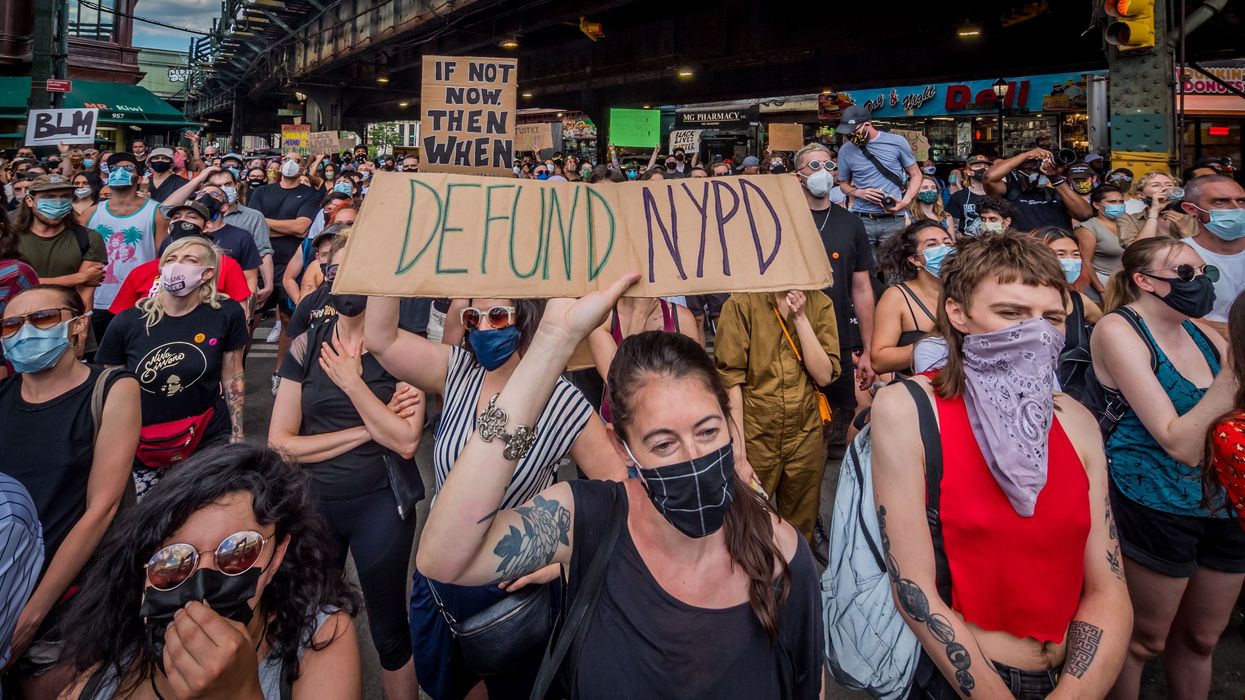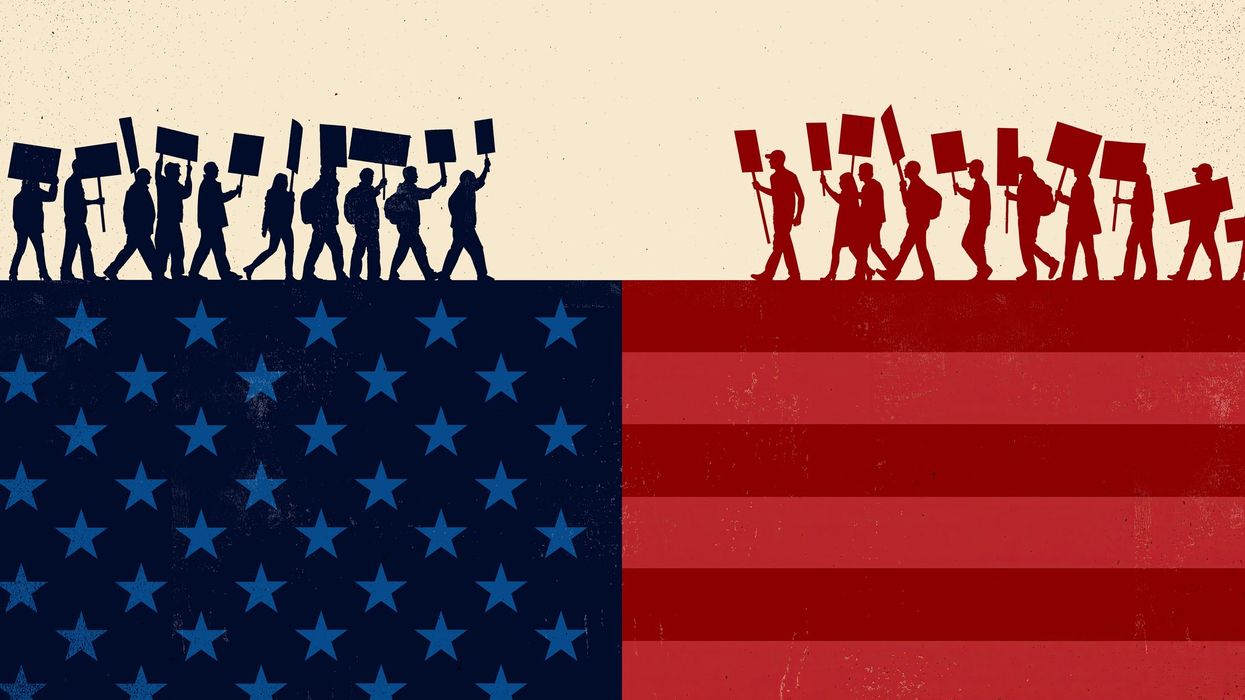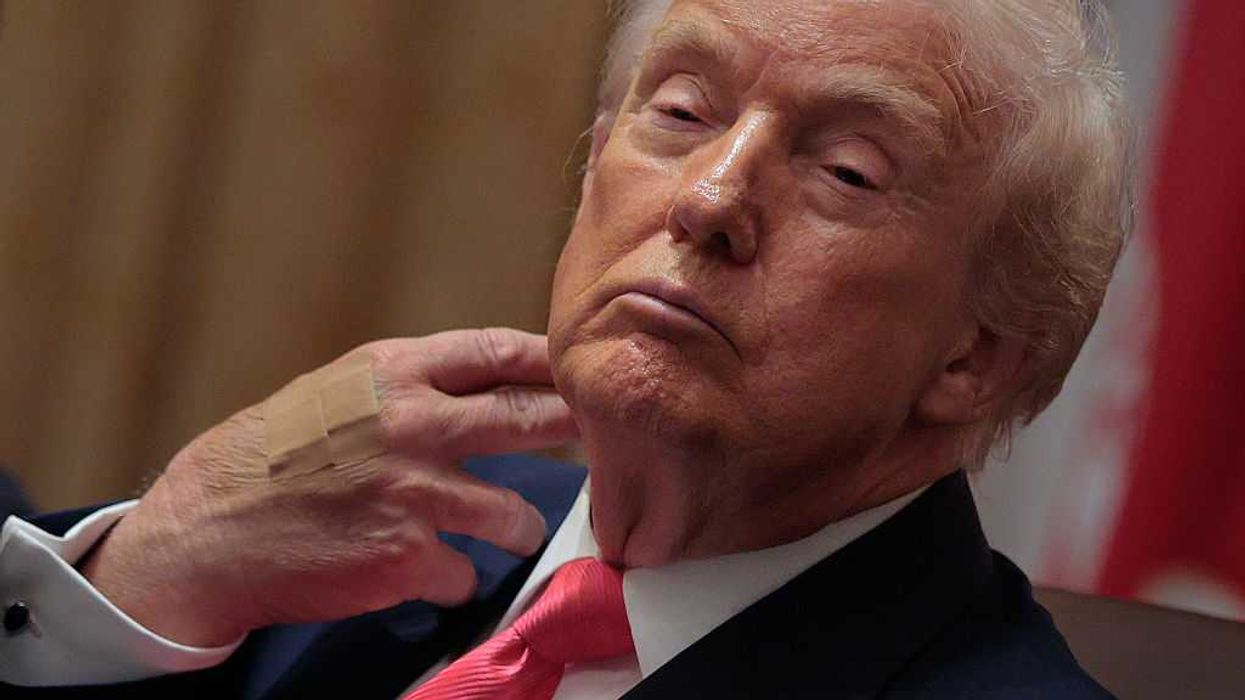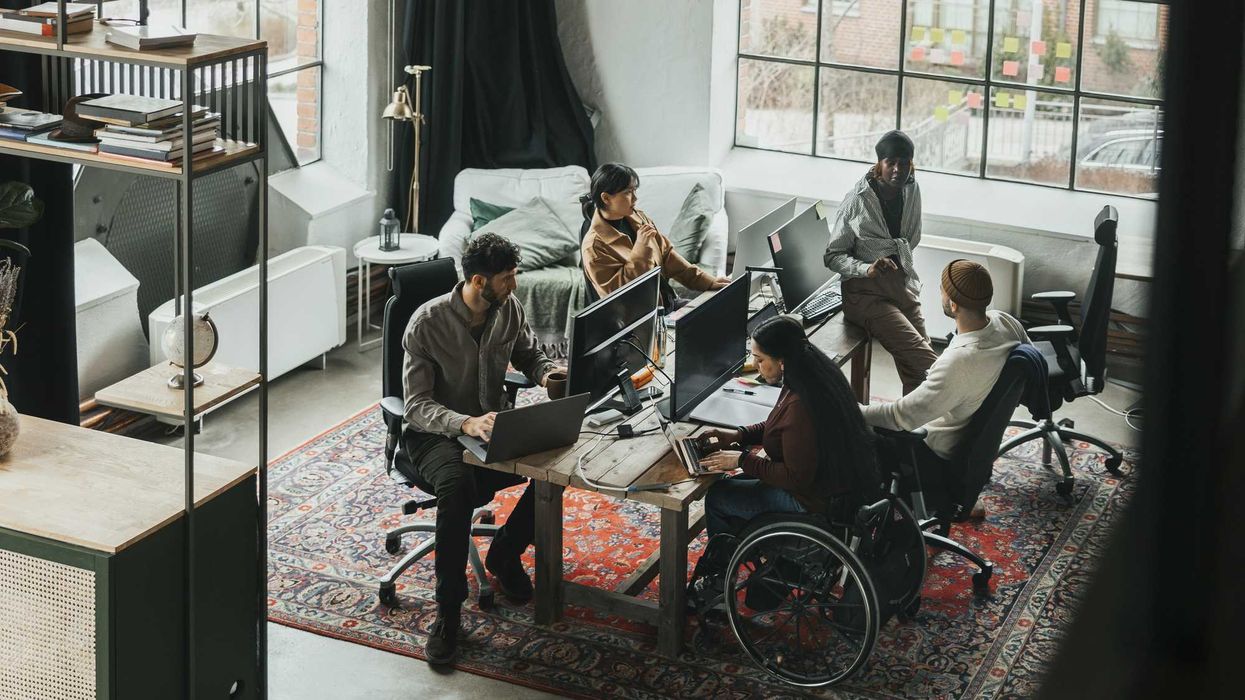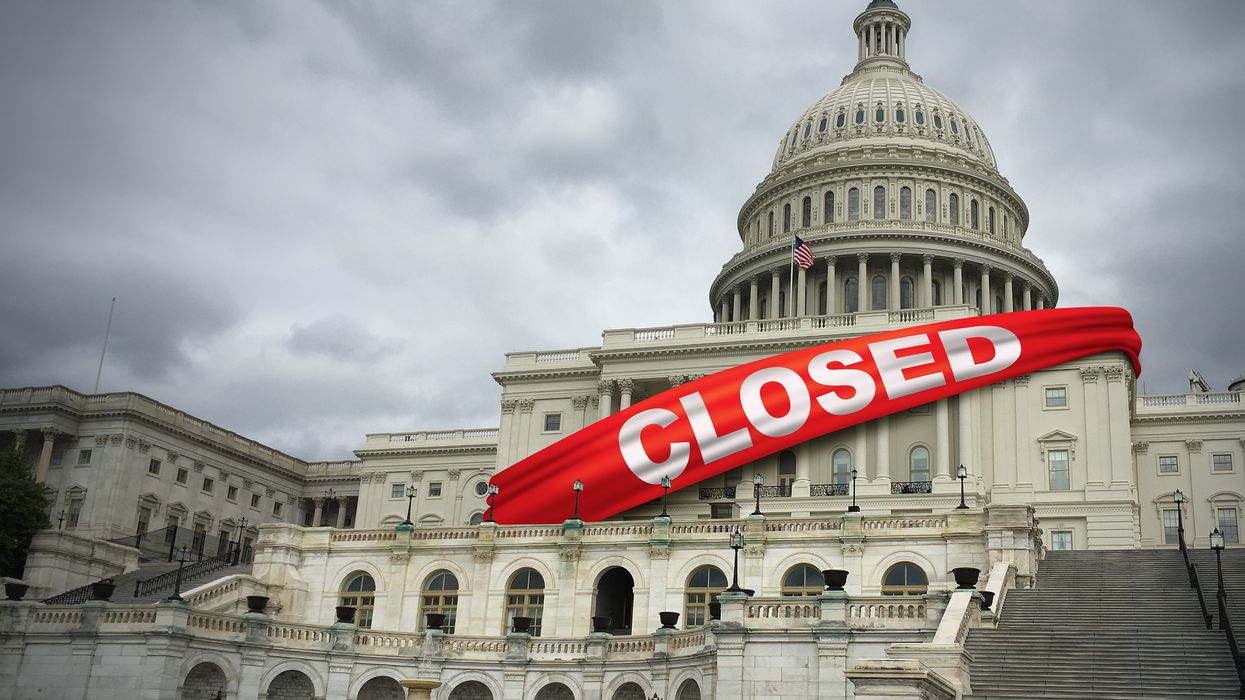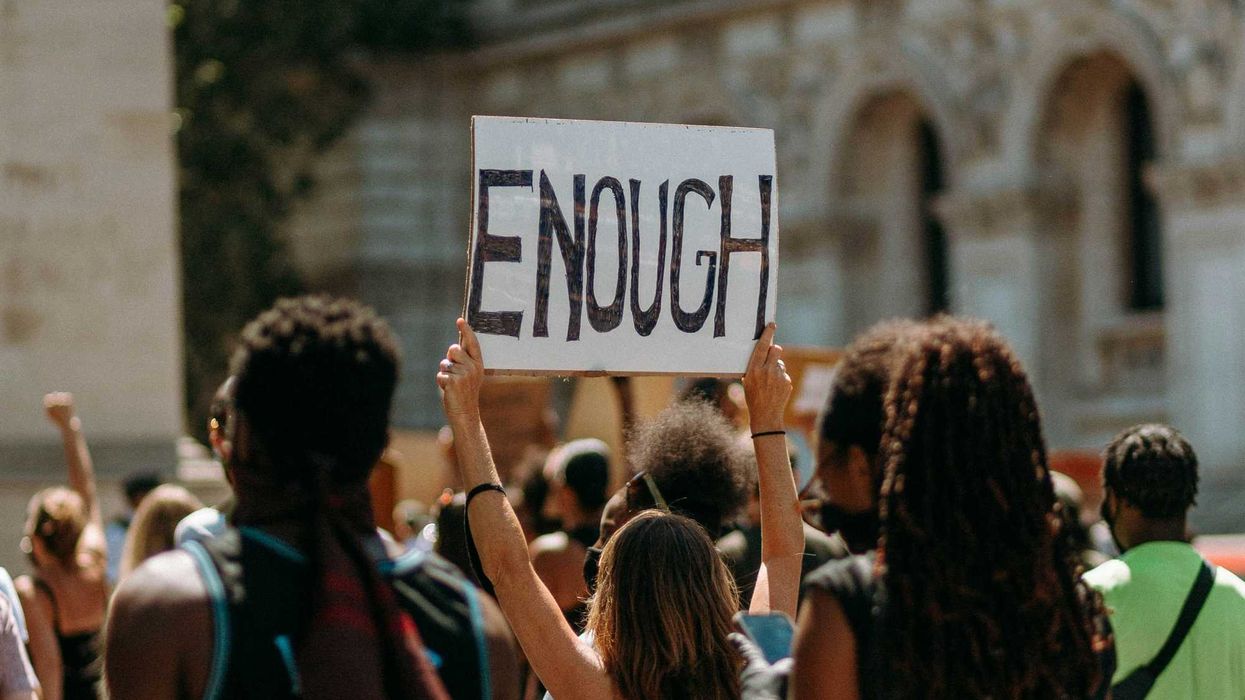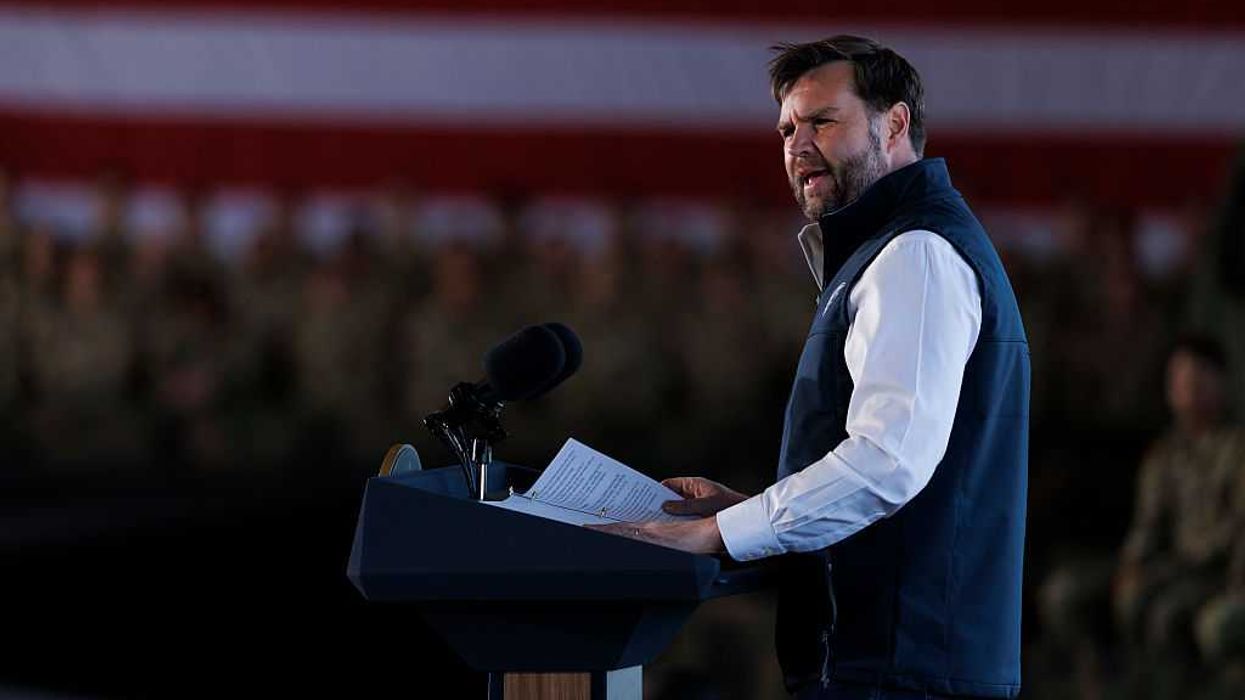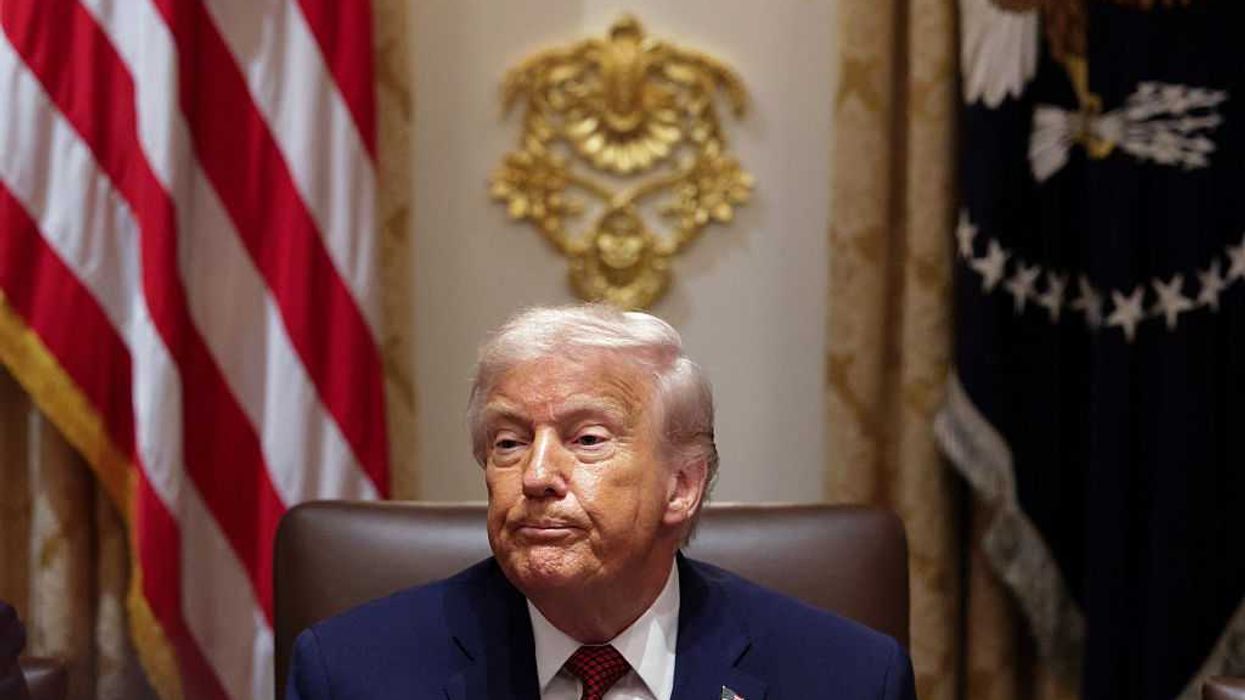Dixon is an associate professor of practice in negotiation and conflict resolution at the School of Professional Studies at Columbia University.
In the United States, despite significant recent public conversations around how to prioritize public safety budgets in cities and towns across the country, political rhetoric and media coverage are frequently reduced to a rather simplistic debate: defund police departments or increase their budgets. Either you’re against the police or you’re for them.
I’m not staking a position in this debate, a complex and important discussion that has already received significant attention in policy and academic circles. Rather, I’m interested in a different question: What are the consequences of this polarized debate on broader discussions around what it means to be safe in America? One answer — the one I’m exploring here — is that it’s taking up a lot of room, stealing oxygen from other important discussions about safety while, probably, making us less safe.
Reducing public safety to simply policing is wrong, because safety involves a whole lot more.
After the pandemic, following some of the largest racial justice protests the country has ever seen, many cities began discussing how public safety budgets should be spent. Some called this “reimagining public safety,” including Oakland, Calif. These visions emphasized the importance of civilian-led and community-based wellbeing and prevention-focused strategies, recalling a multidimensional vision of safety that is emphasized in public health approaches and reinforced by my own team-based research in Oakland. From this perspective, safety is as much about social trust and economic opportunity as it is about responding to crime.
When you talk to folks who experience high levels of crime, violence and policing in their communities about what it means to be safe, the picture that begins to emerge is complex. My colleagues and I held dozens of these conversations in diverse neighborhoods across Oakland. At first, people will talk about what might come to mind for anyone who is asked, “What does safety look and feel to you?”
Initial responses include feeling comfortable enough to walk alone at night, holding your bag draped over your shoulder instead of clutched in front of you, crossing the street without fear that a speeding car will ignore the stop sign. But then the conversation starts to develop. The physical environment comes up, including trash and broken bottles on the street, along with more indirect signs of crime and violence like hearing distant gunshots, seeing helicopters or watching police cars fly by. Finally, the conversation turns to topics not typically associated with “safety”: gentrification, racism, social trust, neighborly relations, intergenerational relations and more.
Embracing complexity
In the field of conflict resolution, we like to think in terms of complexity. Complexity science tells us that conflicts are more like systems than debates over positions. Actors in conflict with each other often stake out polarized positions — you’re either for the police or against them — but the actual dynamics of conflict systems are far more diverse, nuanced and complex than these visible positions reveal.
In conversations about public safety, the polarized debate over policing can mask the diversity of stakeholders who experience crime and injustice in their everyday lives, as well as the diversity of how they experience this injustice. Put simply, in heavily policed communities in the United States, different people can feel differently about the police — and about safety more broadly — depending on their experiences. Because of this, people can also hold contradictory feelings at the same time: needing to feel protected by a police force that responds when there is danger, but also to feel respected by a force that acts justly when it does show up. The positions that show up in public often stem from these kinds of more deeply held needs, which are more nuanced and, importantly, more useful for identifying solutions.
This is the second lesson from a complexity perspective. When we recognize the full diversity of needs and experiences in a system, we can start to see entry points that likely don’t show up when we only pay attention to actors’ positions. Sometimes these can be single strategies tailored to individual needs — adding more street lights around a park, for example, or installing speed bumps. Often, however, they need to be multilayered and multidimensional to really make an impact. This is because complex systems sustain themselves through processes known as feedback loops, which can accelerate or ameliorate conflict, and which require multipronged approaches to disrupt or strengthen.
Moving forward
We have seen how community members’ own perceptions of what safety and the lack of safety look and feel like in everyday life can combine to paint intricate pictures of these feedback loops in practice.
For example, as after-school programs are cut, older generations are incarcerated, youth self-medicate to deal with trauma, and skills-building programs in schools are eliminated, we can start to see a feedback loop that pushes youth toward criminal activity. Alternatively, where children can stay out late playing on their blocks, people can access secure housing, neighbors are able to mediate disputes despite their differences, and neighborhoods come together through sports and block parties, we can see a feedback loop that promotes social cohesion and trust.
All of these can be targeted through policy interventions and resolution strategies. But rarely are they seen as public safety policy. If we accept that safety operates as a system — where some feedback loops combine to increase crime, violence, deprivation and exclusion and others are propelled by community resources, social cohesion and public investment — thinking of safety as a question of policing alone does not make us safer.




